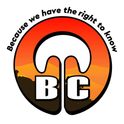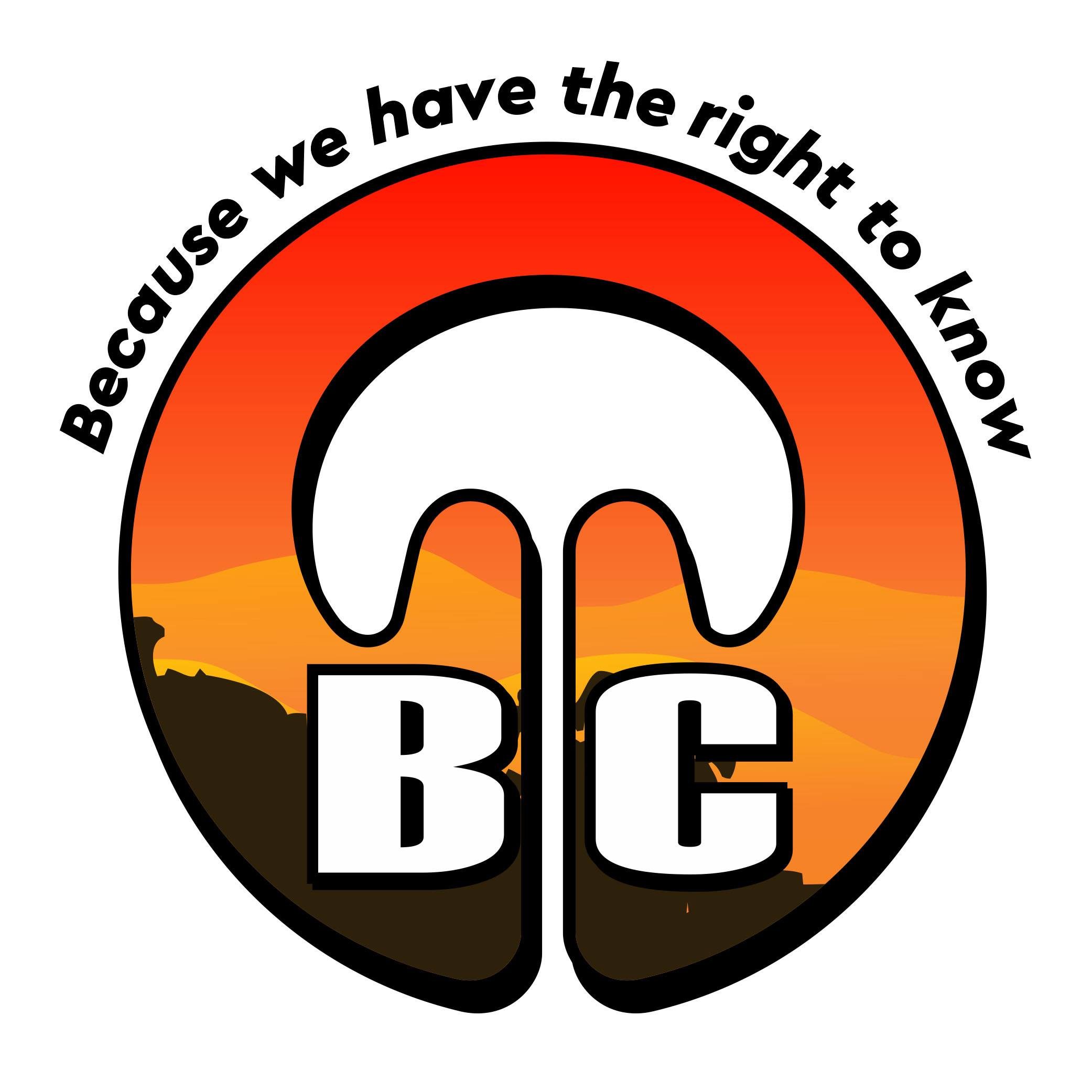“AWAN babain yo” (You have no shame), exclaimed Jaime Dugao, the Indigenous Peoples Mandatory Representative (IPMR) and revered Indigenous Peoples Elder/Leader Sagada underscoring the Cordillera values of “Inayan” during “the Healing and Reconciliation and Operationalization of the 11 Building Blocks” conference spearheaded by the National Commission on Indigenous Peoples (NCIP) in his “Salibongbong” (traditional closing rite) which echoed throughout the venue halls and into the homes of the delegation.
Said pronouncement of IPMR Dugao stemmed from the growing numbers of Indigenous Peoples (IPs) who resorted to clandestinely claiming, via tax declarations under their name, vast parcels of lands situated within the different ancestral domains. In effect, depriving most IPs of the enjoyment of the communal lands collectively owned by the IP communities.
This problem of amassing individual ownership within the IPs’ Ancestral Domains, according to Dugao, is a foreign concept ingrained in the learned IPs who have forgotten, and have detached themselves from the Cordillera values of “Inayan” or “Paniyew”.
“Inayan” is the infamous Cordilleran lexicon recognizing karma and/or the fear from the supreme deity, Kabunian. It is an inherent value of the IPs of Cordillera, particularly in Mountain Province. Most of the time, “Inayan” plays the role of the conscience of the IPs. It guides the IPs to do what is prudent and right; and if at fault, to correct the wrong and repel the same which may cause harm. Effects from this customary value of “Inayan,” be it either good or bad karma, may inflict upon, not only on the present doer of the act but can also transcend to his/her family and unto the next generations.
This writer managed to squeeze in an interview with Dugao. He expounded that IPs’ ownership over their land is measured or demarcated by the volume of sweat from one’s brow.
“The customary concept of land ownership entails a reciprocal obligation to the one claiming such ownership. The area being claimed is directly proportional to the obligation and ability to till the same. So it is impossible for a single individual to own vast lands ranging to fifty hectares,” he said.
If tolerated, it will not only deprive others and the next generation of the opportunity to reap the gifts of the land bestowed by Kabunian, but the same will also devalue the very sanctity of the ancestral land nourished by the blood, sweat, and tears of our forefathers,” stressed Dugao.
The conference on the operationalization of the 11 building blocks by the NCIP came in time, according to Dugao. According to him, the centuries-old IPs’ clamor for each ancestral domain has now a face as seen through the 11 building blocks of each domain. The 11 building blocks are akin to the Ancestral Domain Sustainable Development Protection Plan (ADSDPP), but simpler and less voluminous.
Like the ADSDPP, the 11 building blocks contain, through a PowerPoint format, in general, an ancestral domain profile with a focus on the status of the: 1) Confirmation of Indigenous Political Structure (IPS); 2) Registration and Accreditation of Indigenous Peoples Organizations; 3) Certificate of Ancestral Domain Title and Certificate of Ancestral Land Title Delineation Process; 4) Establishment of AD Management Office; 5) Ancestral Domain Sustainable Development and Protection Plan Formulation; 6) IP Wealth Management-Community Resource Management Development Plan Formulation; 7) Institutionalization of CP: Free and Prior Informed Consent (FPIC) and Exercise of Priority Rights; 8) Effective Indigenous Peoples Mandatory Representative (IPMR) in the Local Legislative Bodies; 9) Efficient and Enhanced MOA/MOU/MOC Formulation, Socio-Economic Activities with IP Cooperatives; and 10) Ancestral Domain Defense System.
“One shoe does not fit all,”said Dugao while recognizing that some of the components of the 11 building blocks may be not applicable to all, as some may be framed using the unique southern IP culture.
Dugao is still optimistic that the same will still cart the majority of the aspirations of the IPs. “We all share similarities but we need to recognize our differences as well. What is important is that our unique values of Inayan and Paniyew should be carved in our 11 building blocks.”
Dugao opines that the Cordillera values of “Inayan” and “Paniyew,” which serve as the guiding conscience of the IPs over their ancestral lands must serve as the beating heart of the 11 building blocks.
“The 11 building blocks, contained in a PowerPoint format, will come in handy for the different IPMRs in performing their functions as legislators inside their respective local legislative councils,” added Dugao.
According to him, the IPMRs may now mainstream the clamor of their ancestral domain beyond their territories for the appreciation of the rest of the populace and to seek intervention from other stakeholders. But more than just a profile, the 11 building blocks will likewise serve as a written reminder or a sworn pledge of the government agencies for the ancestral domains.
“I hope that those commitments given by the different government agencies will ripen into actuality or demandable anytime,” said Dugao.
Meanwhile, in an intent to bind further commitment/s from local government units, in his rallying call, Dugao urged all the IPMR in Cordillera to consider the 11 building blocks to be part and parcel of their legislative agenda in the different municipalities of the region. “I call upon all the IPMRs in Cordillera to champion and push for the adoption of the 11 building blocks inside their different legislative councils,” rallied Dugao.
“Let’s all embrace our duties as watch-dogs. The 11 building blocks are not worth the sacrifices of the Elders/Leaders who have foregone their valuable time and resources to travel to Baguio, if the same won’t be asserted by the IPs from the government agencies who promised to deliver assistance and intervention,” ended Dugao in our interview – Rocky Ngalob



There are no comments yet. Add your comment to start the conversation.